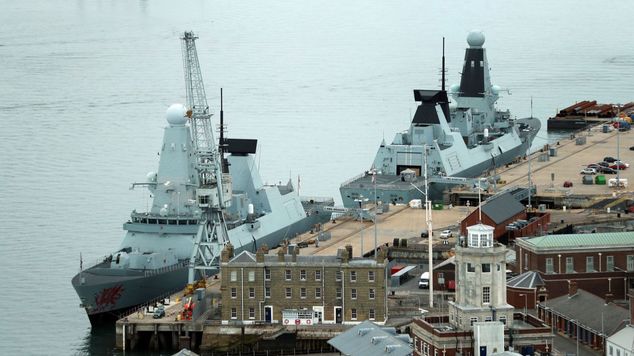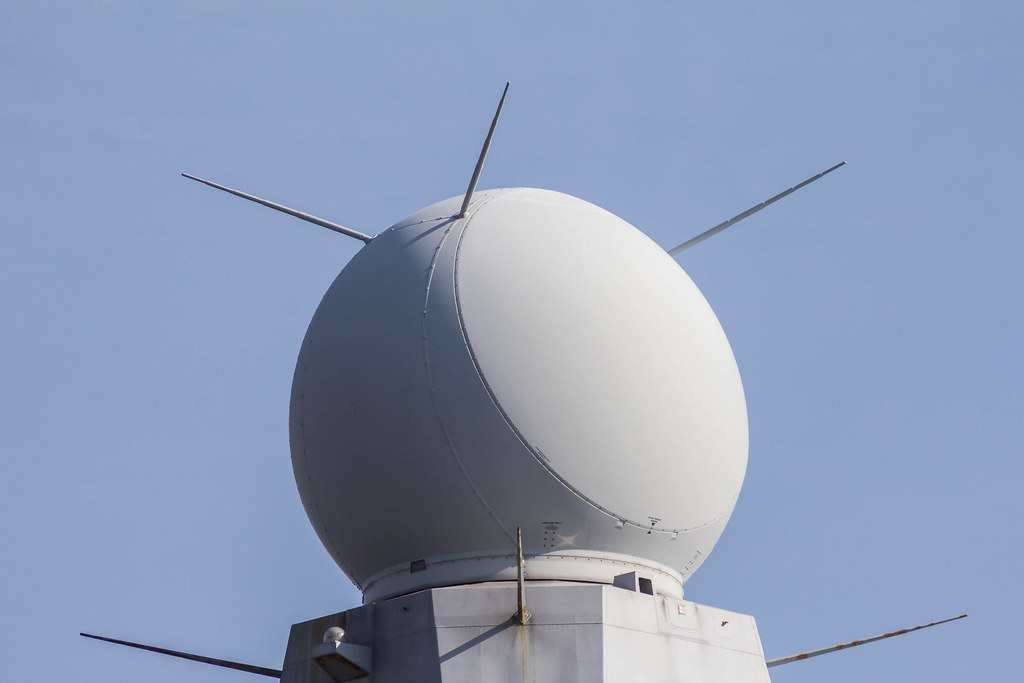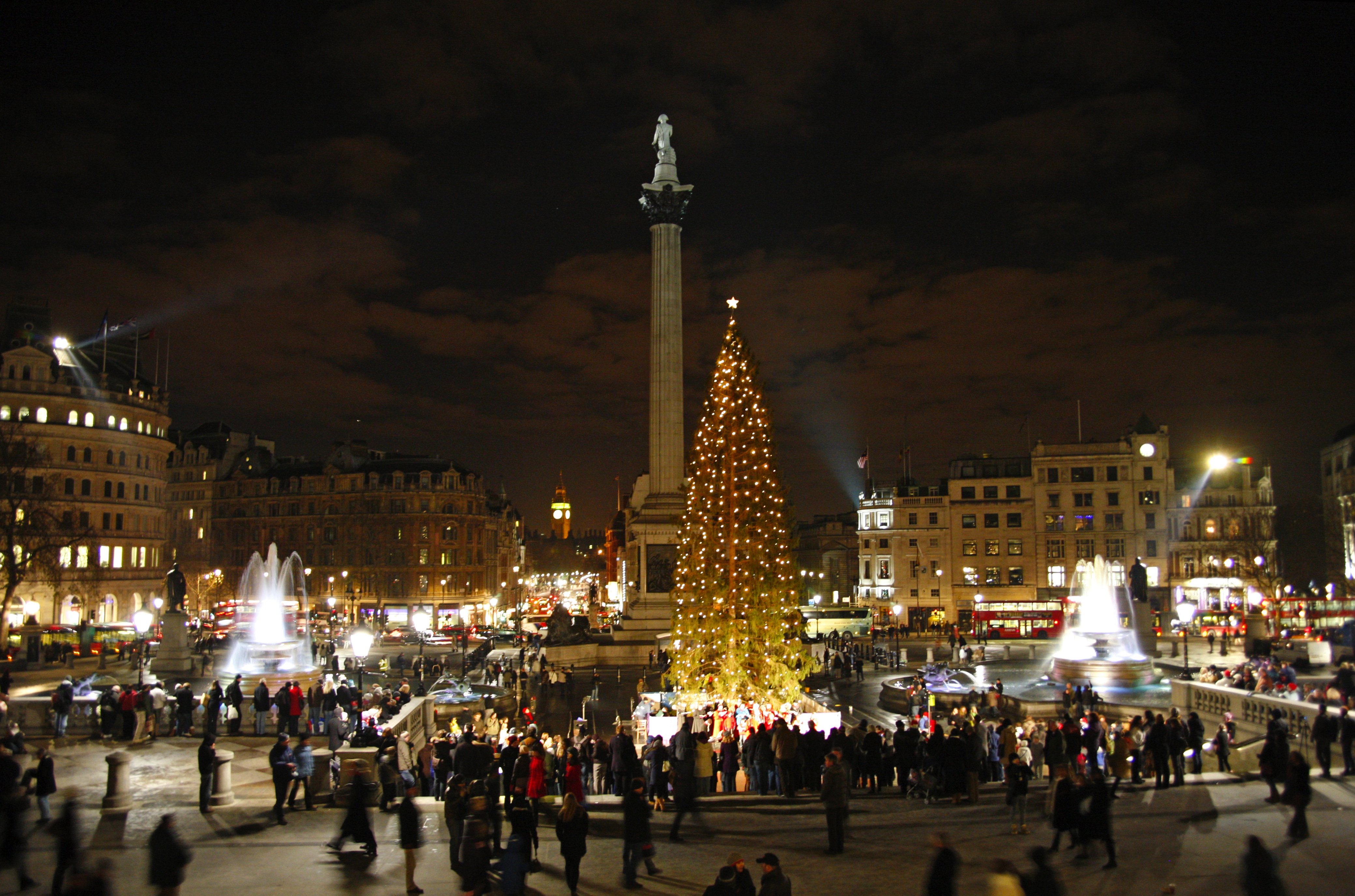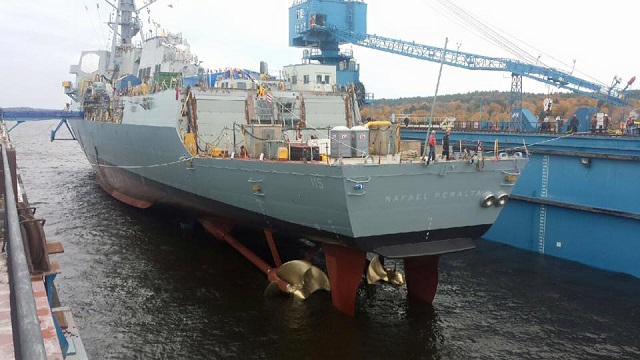waz
ADMINISTRATOR

- Joined
- Sep 15, 2006
- Messages
- 21,159
- Reaction score
- 91
- Country
- Location
The entire fleet of the Royal Navy's most advanced warships are currently in port and not on operations, the Ministry of Defence has confirmed.
A photograph showing the vessels docked in Portsmouth was published by the website UK Defence Journal.
A source told Sky News that the ships had either "just got back from operations, are about to go on operations, or are having planned maintenance done".
But another senior figure said it was "almost unprecedented" that all the ships should be in port and "it either showed a gross lack of planning or was indicative of something more serious".

But Admiral Sir James Burnell-Nugent, former Commander-in-Chief Fleet of the Royal Navy, told Sky News the scheduling of warships is "a complex business".
"There is maintenance, software upgrades and of course the sailors' leave.
"Sailors have families just like everybody else, so often the sequencing of ships is such that they come in towards the end of June, July time and then redeploy in September, and that's actually good planning because sailors get home and it keeps them happy and in the Navy."
He added: "The rationale for having them is to be able to ultimately fight a war - and actually just now, we don't have a war on, on the sort of scale that would require Type 45 Destroyers."
The Type 45 Destroyers are primarily designed for an air defence role.
Their advanced radars are capable of scanning the skies to detect and engage enemy aircraft. But recently the fleet has experienced serious engineering issues.
This is the latest embarrassment to beset the fleet.
All six ships - HMS Daring, HMS Dauntless, HMS Diamond, HMS Defender, HMS Dragon and HMS Duncan - worth £1bn each, need to be refitted with new engines after some of them broke down.
This work is due to begin in 2019 and the MoD has guaranteed it will not affect operational capabilities.
It will put a further strain on the Royal Navy, which has been considerably cut in size in recent years, and it will put into doubt the safety of the new aircraft carriers which will rely on the Type 45s for security.
Maritime strategist, Professor Eric Grove, told Sky News: "There are maintenance problems and these have to be solved.
"It is true that in summer ships do come home. There is a families day for Diamond, which I think is fully operational. Duncan I think is at a dry dock, Dauntless is the static training ship. The others are probably operational at relatively short notice.
"But yes, it isn't good. These ships should be at sea."
He added: "The fundamental problem is this: we don't have enough frigates and destroyers. Previous defence reviews have reduced the number to 19. We need at least six or seven more than that.
"We are paying the price for the neglect of the Navy in recent years."
A Ministry of Defence spokesperson said: "This week the Royal Navy had over 8,500 personnel deployed on operations around the world and 34 ships at sea.
"All Type 45 Destroyers are currently in port as they have either just returned from operations, or are about to be deployed, are conducting training or carrying out maintenance or are home for crew to take summer leave."
http://news.sky.com/story/all-royal-navys-advanced-destroyers-in-port-10516991
A photograph showing the vessels docked in Portsmouth was published by the website UK Defence Journal.
A source told Sky News that the ships had either "just got back from operations, are about to go on operations, or are having planned maintenance done".
But another senior figure said it was "almost unprecedented" that all the ships should be in port and "it either showed a gross lack of planning or was indicative of something more serious".

But Admiral Sir James Burnell-Nugent, former Commander-in-Chief Fleet of the Royal Navy, told Sky News the scheduling of warships is "a complex business".
"There is maintenance, software upgrades and of course the sailors' leave.
"Sailors have families just like everybody else, so often the sequencing of ships is such that they come in towards the end of June, July time and then redeploy in September, and that's actually good planning because sailors get home and it keeps them happy and in the Navy."
He added: "The rationale for having them is to be able to ultimately fight a war - and actually just now, we don't have a war on, on the sort of scale that would require Type 45 Destroyers."
The Type 45 Destroyers are primarily designed for an air defence role.
Their advanced radars are capable of scanning the skies to detect and engage enemy aircraft. But recently the fleet has experienced serious engineering issues.
This is the latest embarrassment to beset the fleet.
All six ships - HMS Daring, HMS Dauntless, HMS Diamond, HMS Defender, HMS Dragon and HMS Duncan - worth £1bn each, need to be refitted with new engines after some of them broke down.
This work is due to begin in 2019 and the MoD has guaranteed it will not affect operational capabilities.
It will put a further strain on the Royal Navy, which has been considerably cut in size in recent years, and it will put into doubt the safety of the new aircraft carriers which will rely on the Type 45s for security.
Maritime strategist, Professor Eric Grove, told Sky News: "There are maintenance problems and these have to be solved.
"It is true that in summer ships do come home. There is a families day for Diamond, which I think is fully operational. Duncan I think is at a dry dock, Dauntless is the static training ship. The others are probably operational at relatively short notice.
"But yes, it isn't good. These ships should be at sea."
He added: "The fundamental problem is this: we don't have enough frigates and destroyers. Previous defence reviews have reduced the number to 19. We need at least six or seven more than that.
"We are paying the price for the neglect of the Navy in recent years."
A Ministry of Defence spokesperson said: "This week the Royal Navy had over 8,500 personnel deployed on operations around the world and 34 ships at sea.
"All Type 45 Destroyers are currently in port as they have either just returned from operations, or are about to be deployed, are conducting training or carrying out maintenance or are home for crew to take summer leave."
http://news.sky.com/story/all-royal-navys-advanced-destroyers-in-port-10516991




 Mmhmm, you know new Burke's are being built with more modern systems right? Including a new radar and fire control system?
Mmhmm, you know new Burke's are being built with more modern systems right? Including a new radar and fire control system?
 .
.







 .
.
 !
!







